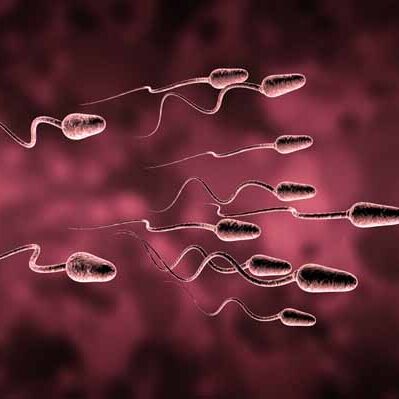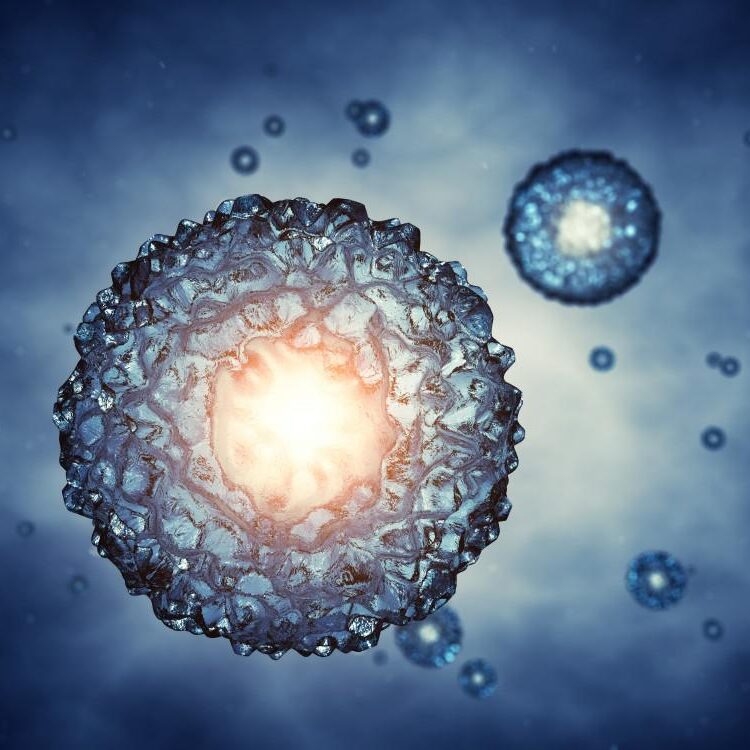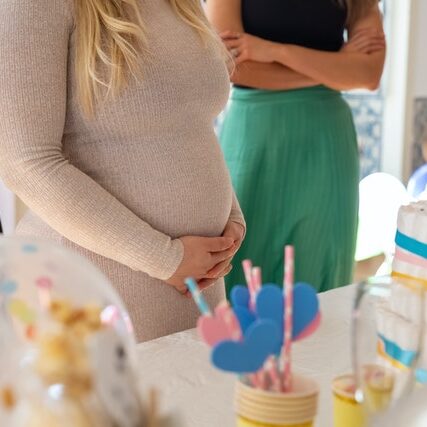Table of Content
IVF in Kenya is frequently advised for patients with random infertility issues or when IUI and medication have failed, even though there are many other Assisted Reproductive Technologies treatment options available. Moreover, infertility treatment in Kenya frequently reduces the amount of time it takes for a successful outcome.
You may also require IVF in Kenya for the following reasons:
- Maternal aging/decreased ovarian reserve
- obstructed or absent fallopian tubes
- Unaccounted-for infertility
- severe infertility due to the low quality or quantity of male sperm
- chromosomal and genetic factors
- Ovulatory issues
- Endometriosis
Step 1- Pituitary Suppression

Even though multiple follicles begin to grow each month, only one will mature enough to deliver its egg in a normal cycle. An abrupt increase in LH at mid-cycle, which is two weeks prior to menstruation, initiates the release of the egg.
On the other hand, it is preferable for numerous eggs to mature at once during an IVF round at IVF agency in Kenya. A gonadotropin-releasing hormone (GnRH) agonist is utilized to momentarily inhibit your own LH and FSH secretion in order to avoid an early LH surge from causing the early release of these eggs. The IVF cycle includes several stages where these drugs are administered.
Happy Families
Babies Born
Clinics Collaboration
Step 2- Monitoring and stimulating ovulation
Each month during a typical menstrual cycle, only one egg grows and matures. The follicle, a fluid-filled organ on the ovary, is where the egg develops. An ultrasound at the IVF clinics in Kenya can reveal that follicle.
The patient is prescribed medicines that help the ovaries produce more than one egg per follicle. Medication is either given by a nurse or by the patient themselves through an injection.
An injection of Human Chorionic Gonadotropin (HCG) gets the eggs ready to be removed whenever they are old enough. This shot’s timing must be carefully considered because it determines when the retrieval will occur.
Through many ultrasounds and blood tests, the staff at our partner IVF clinics in Kenya closely monitors the patient.
Step 3- Egg extraction and semen collection
When the eggs are fully developed, ultrasound-guided follicle aspiration is used to retrieve them from your ovaries. The mature eggs are then carefully removed by the doctors at the IVF clinic in Kenya using a needle inserted into each ovary follicle through the vaginal wall.
The patient unwinds in the recovery room following this surgery until she is ready to go home. You will get medication(s) (often simply progesterone) following egg retrieval to aid in the growth of the endometrium (uterine lining) in preparation for embryo transfer.
On the day of your operation, your partner will be requested to provide a sample of his semen. It makes sense that some guys are worried about this step in the process. At the beginning of your cycle, you can discuss with our staff whether it might be possible to generate the sample at home and bring it to the clinic. One of your partner’s semen samples might be able to be frozen as a backup.
Step 4- Embryo development and egg fertilization
A few hours after the eggs are extracted, the sperm sample is processed by being washed, concentrated, and all the dead sperm and debris are removed.
The following day, the eggs are checked for evidence of fertilization at IVF clinic in Kenya. It is significant to remember that not all follicles will produce eggs, and not all of those eggs will become fertilized. Not every fertilized egg will develop into a healthy embryo.
Incubation of the fertilized eggs continues for an additional 48 hours. Your doctor may recommend intracytoplasmic sperm injection (ICSI), which involves injecting a single sperm straight into a single mature egg, as part of your treatment plan if the quality of your sperm is poor (sperm count or motility).
Step 5- transferring embryos
A transfer catheter is used to deliver the fertilized eggs (embryos) to the uterus two to five days after egg retrieval. Depending on the woman’s unique circumstances, age, and embryo quality, a certain number may be transferred.
The following are the steps involved in embryo transfer:
- The embryo(s) of choice are put into a catheter and gently inserted into the uterus through the cervix.
- The catheter is then gradually removed, and any remaining embryos are verified under a microscope.
- Some couples or individuals will have surplus embryos that can be frozen (vitrification).
- During the treatment cycle, the highest-quality embryos—those most likely to result in pregnancy—are often transplanted. We want you to give birth to just one healthy child.
- Embryos must have little to no fragmentation (cell disintegration) and no indication of aberrant development in order to be chosen for freezing.
Uterine/tubal infection, cervical hemorrhage, cramping, backache, miscarriage, and tubal pregnancy are all potential side effects of embryo transfer.
Step 6- The luteal stage
Between the embryo transfer and the pregnancy test, there is a two-week window like this. Following the transfer, you will be urged to reduce your activities for 24 hours.
Over the coming days, you can gradually increase your mobility to easy, non-aerobic activities. If their jobs are not physically demanding, lots of women go back to work the next day.
After egg retrieval, you begin taking progesterone medicine, which occasionally results in cramps, nausea, bloating, and fatigue.
It’s possible to experience vaginal bleeding or spotting before your pregnancy test is scheduled. This does not always imply that your medical treatment was ineffective. Any medicine should be continued until the start of the entire period or until the blood test findings are revealed.
Step 7- Follow-up and a test for pregnancy
A blood test for pregnancy will be performed 14 days or so after the embryo transfer at our partner IVF clinic in Kenya. During that period, which is frequently emotionally filled with anticipation and anxiety, it is crucial to take care of yourself.
We acknowledge that this can be challenging, and we invite you to call us if you need help managing the anxiety of waiting.
IVF treatment cost in Kenya
The average IVF treatment cost in Kenya is $5,000 for one cycle & IUI Cost $2,150, FET Cost $2,000, and IVF + ICSI Cost is $6,100. Still, the IVF cost in Kenya depends on a list of other factors like the number of IVF cycles performed, medicines cost, and other related expenses.
Connect with one of our coordinators for a free consultation today!






